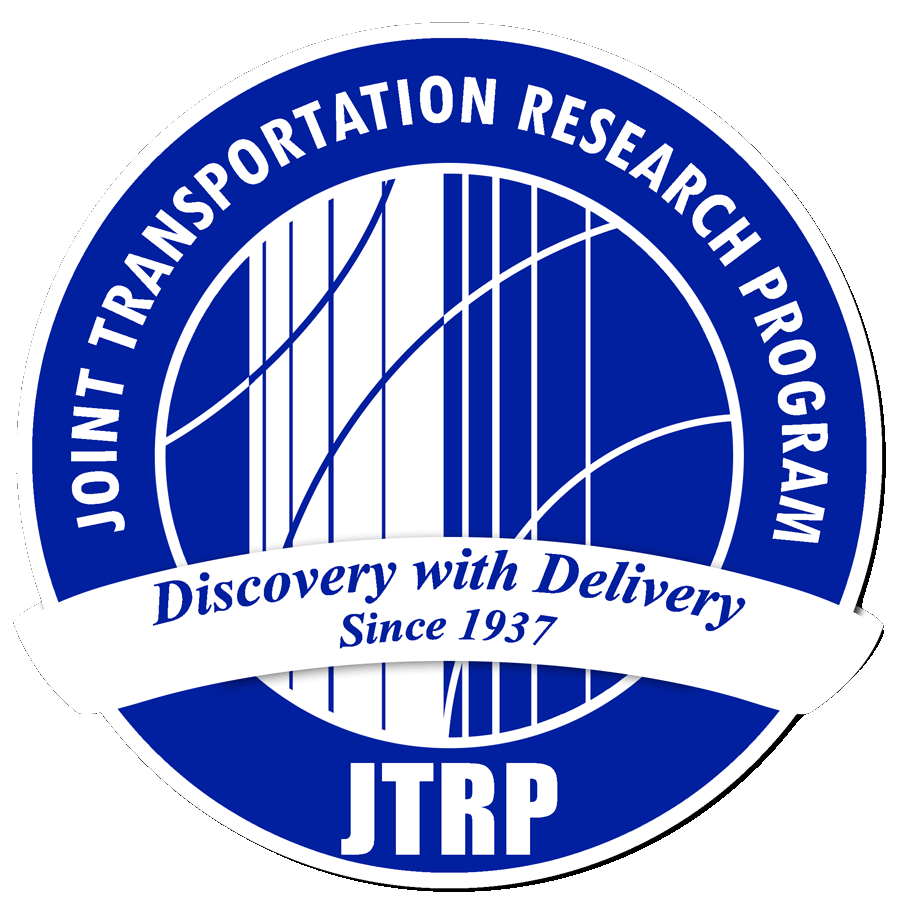Recommended Citation
Ahmed, A., M. Volovski, D. Van Boxel, S. Labi, and K. C. Sinha. Truck Travel Characteristics as an Indicator of System Condition and Performance. Publication FHWA/IN/JTRP-2011/07. Joint Transportation Research Program, Indiana Department of Transportation and Purdue University, West Lafayette, Indiana, 2011. https://doi.org/10.5703/1288284314627DOI
10.5703/1288284314627
Abstract
The effect of trucks on the level of service is determined by considering passenger car equivalents (PCE) of trucks. The Highway Capacity Manual (HCM) uses a single PCE value for all tucks combined. However, the composition of truck traffic varies from location to location; therefore a single PCE-value for all trucks may not correctly represent the impact of truck traffic at specific locations. Consequently, the Indiana Department of Transportation wanted to develop separate PCE values for single-unit and combination trucks to replace the single value provided in the HCM. Traditionally, equivalent delay and microscopic simulations have been used to estimate PCE values. In order to facilitate the development of site specific PCE values, an alternative PCE-estimation methodology was explored in the present study on the basis of lagging headways measured from field traffic data. The study used data from four locations on a single urban freeway and three different rural freeways in Indiana. Three-stage-least-squares (3SLS) regression techniques were used to generate models that predict lagging headways for passenger cars, single unit trucks, and combination trucks. The estimated PCE values for single-unit and combination truck for basic urban freeways (level terrain) were 1.35 and 1.60, respectively. For rural freeways, the estimated PCE values for single-unit and combination truck were 1.30 and 1.45, respectively. However, due to the lack of sufficient quality data for rural freeways, the estimated PCE values for rural freeways are not recommended for use. As expected, traffic variables such as vehicle flow rates and speed have significant impacts on vehicle headways. The use of separate PCE values can have significant influence on the LOS estimation. This study also explored regional variation of PCE values. The results of the likelihood ratio test indicated that it is appropriate to combine data from similar locations (freeway sections at different geographical locations) for the PCE analysis.
Report Number
FHWA/IN/JTRP-2011/07
Keywords
level of service, passenger car equivalent, lagging headway, truck travel characteristics, SPR-3229
SPR Number
3229
Performing Organization
Joint Transportation Research Program
Sponsoring Organization
Indiana Department of Transportation
Publisher Place
West Lafayette, Indiana
Date of this Version
2011
Technical Summary


